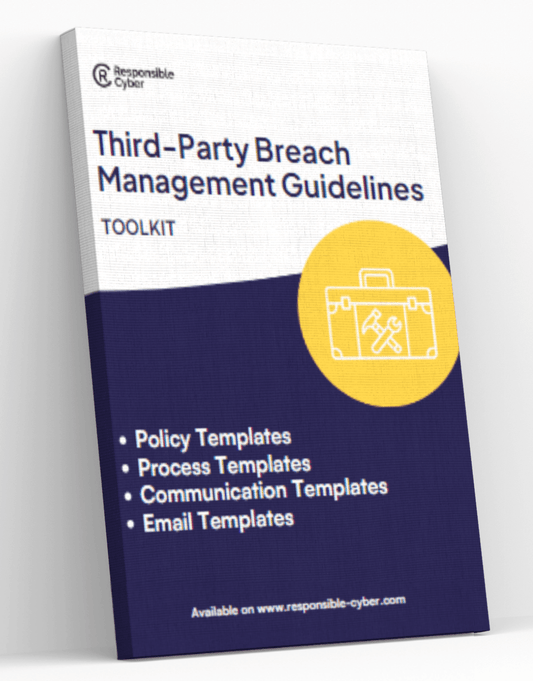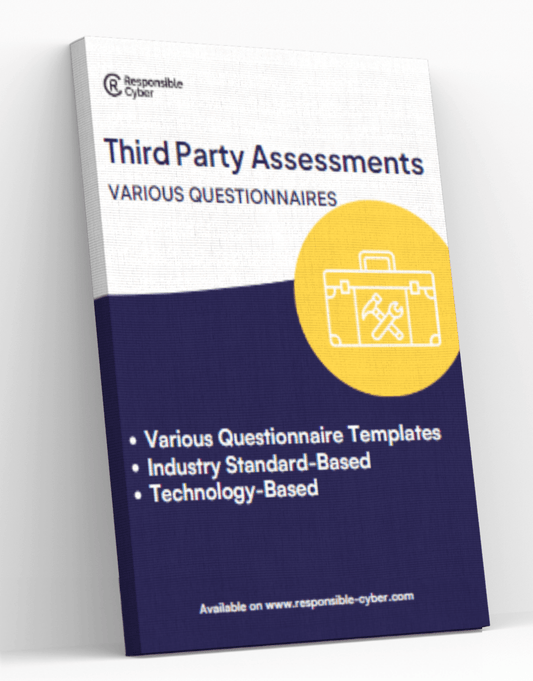Integrating Third-Party Risk Management into Enterprise Risk Management: A Holistic Approach to Risk Mitigation

Integrating Third-Party Risk Management (TPRM) into the broader context of Enterprise Risk Management (ERM) enhances an organization's ability to manage risks comprehensively. By aligning TPRM with the overarching ERM framework, organizations can gain a more holistic view of their risk landscape, improve their risk response strategies, and ensure compliance with regulatory requirements.
Understanding the Fit
Holistic Risk View
ERM provides a comprehensive perspective on all risks facing an organization, including those originating from third-party relationships. Integrating TPRM into this framework ensures that third-party risks are not treated in isolation but are considered as part of the overall risk landscape. This holistic approach enables organizations to identify interdependencies, cascading effects, and potential risk concentrations across their ecosystem.
Alignment with Organizational Objectives
TPRM should be closely aligned with the broader strategic objectives and risk appetite defined within the ERM framework. By ensuring this alignment, organizations can ensure that their third-party risk management strategies and activities directly support the achievement of their overall business goals and risk management priorities.
Strategies for Integration
Unified Risk Assessment Framework
Develop a standardized risk assessment methodology that encompasses both enterprise and third-party risks. This can involve the use of a common risk scoring model to evaluate and compare risks across all domains, ensuring consistency and comparability in the risk evaluation process.
Centralized Risk Register
Maintain a centralized risk register that includes risks from third parties, ensuring visibility and accountability. Regularly update the register with findings from both internal and third-party assessments, providing a comprehensive view of the organization's risk profile.
Consistent Policies and Procedures
Ensure that risk management policies and procedures are consistent across the organization and include third-party risk considerations. This can include enterprise-wide guidelines for risk mitigation, monitoring, and reporting, ensuring a cohesive approach to risk management.
Integrated Risk Reporting
Develop integrated risk reporting mechanisms to provide a comprehensive view of risks to senior management and the board. This can involve the use of dashboards and reports that combine data from ERM and TPRM activities, enabling informed decision-making and risk-based prioritization.
Collaborative Governance Structures
Establish governance structures that facilitate collaboration between ERM and TPRM teams. This can include the creation of cross-functional risk committees that include representatives from both domains, fostering information sharing, joint risk assessments, and coordinated risk response strategies.
Technology and Tools
Leverage integrated risk management platforms that support both ERM and TPRM activities. These tools can offer centralized risk data, automated workflows, and real-time analytics, enabling a more seamless and efficient integration of third-party risk management into the broader enterprise risk management framework.
Benefits of Integration
Enhanced Risk Visibility
A unified approach to risk management provides a clearer view of the entire risk landscape, including dependencies and interconnections between different risk areas. This enhanced visibility enables organizations to make more informed decisions and prioritize their risk mitigation efforts effectively.
Improved Risk Response
Integrating TPRM with ERM enables more coordinated and effective risk response strategies. By aligning risk management activities across the organization, duplication of efforts can be reduced, and timely action can be taken to address both enterprise and third-party risks.
Compliance and Reporting
Integrating TPRM with ERM ensures that regulatory requirements related to both risk management domains are met, facilitating smoother compliance and reporting processes. This can help organizations avoid potential penalties and reputational damage associated with non-compliance.
Conclusion
Integrating TPRM with ERM is essential for creating a comprehensive risk management strategy that aligns with organizational goals and addresses all risk areas effectively. By adopting unified frameworks, centralized tools, and collaborative governance, organizations can enhance their risk management capabilities and ensure robust protection against both enterprise and third-party risks. This holistic approach to risk management enables organizations to navigate the increasingly complex and interconnected business landscape with greater confidence and resilience.







